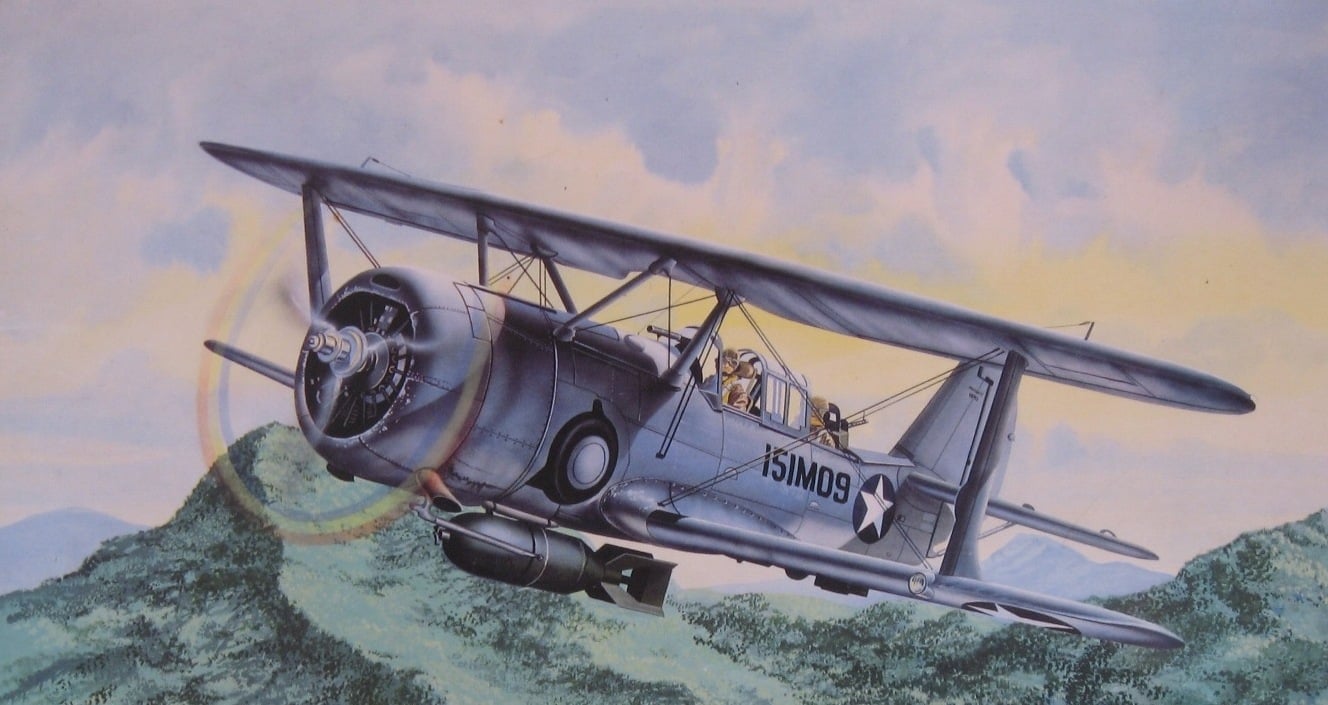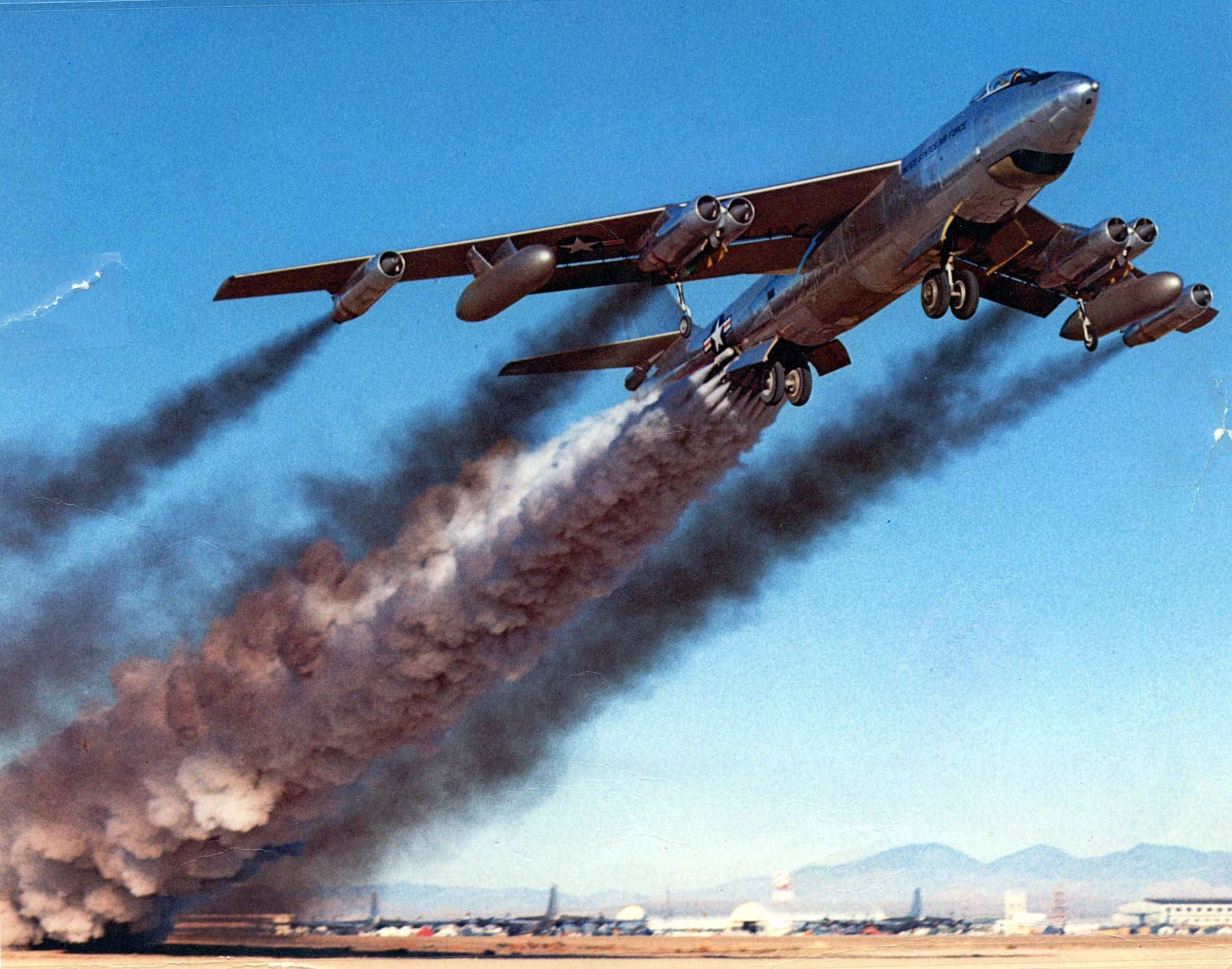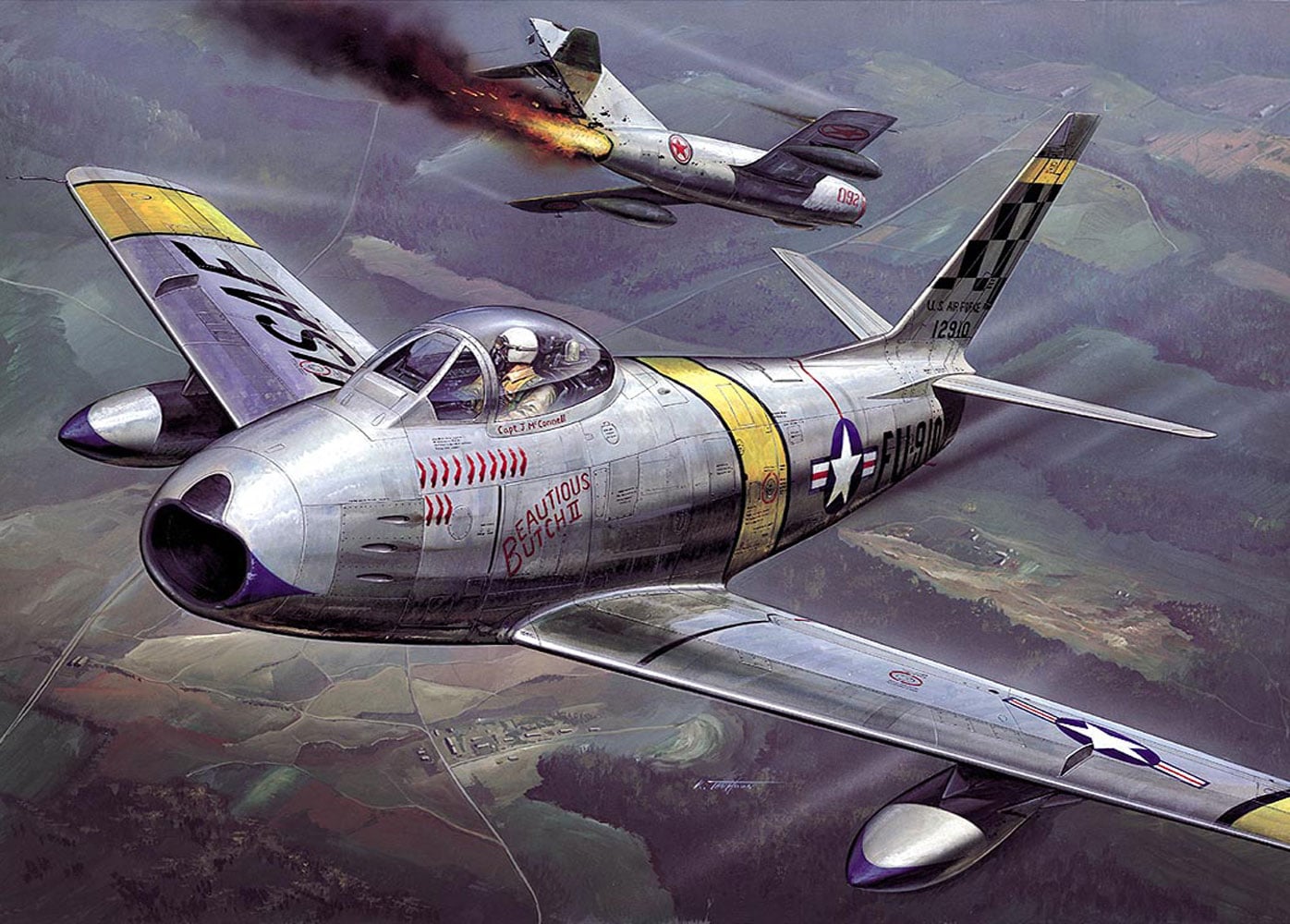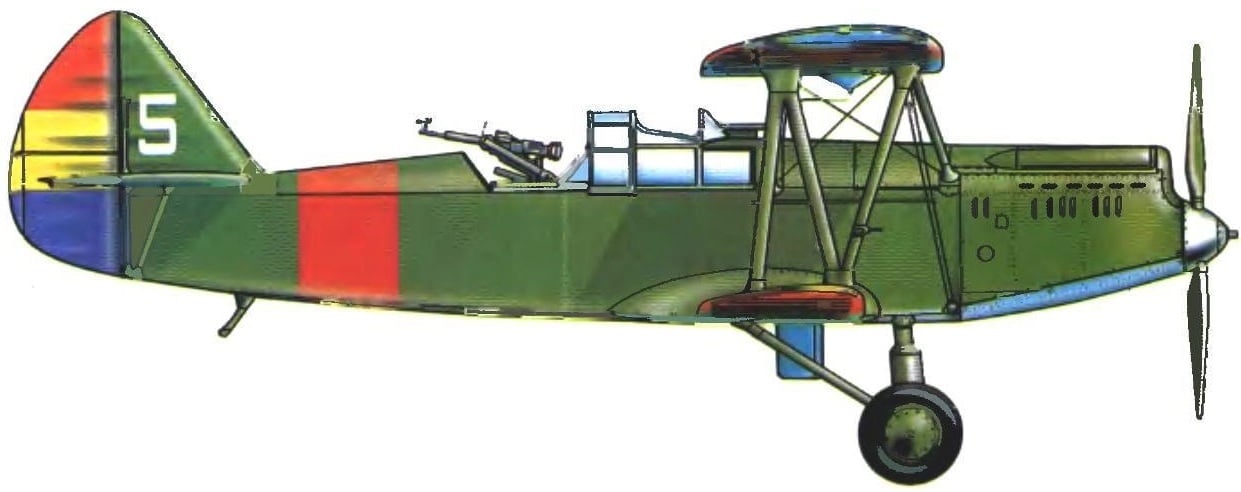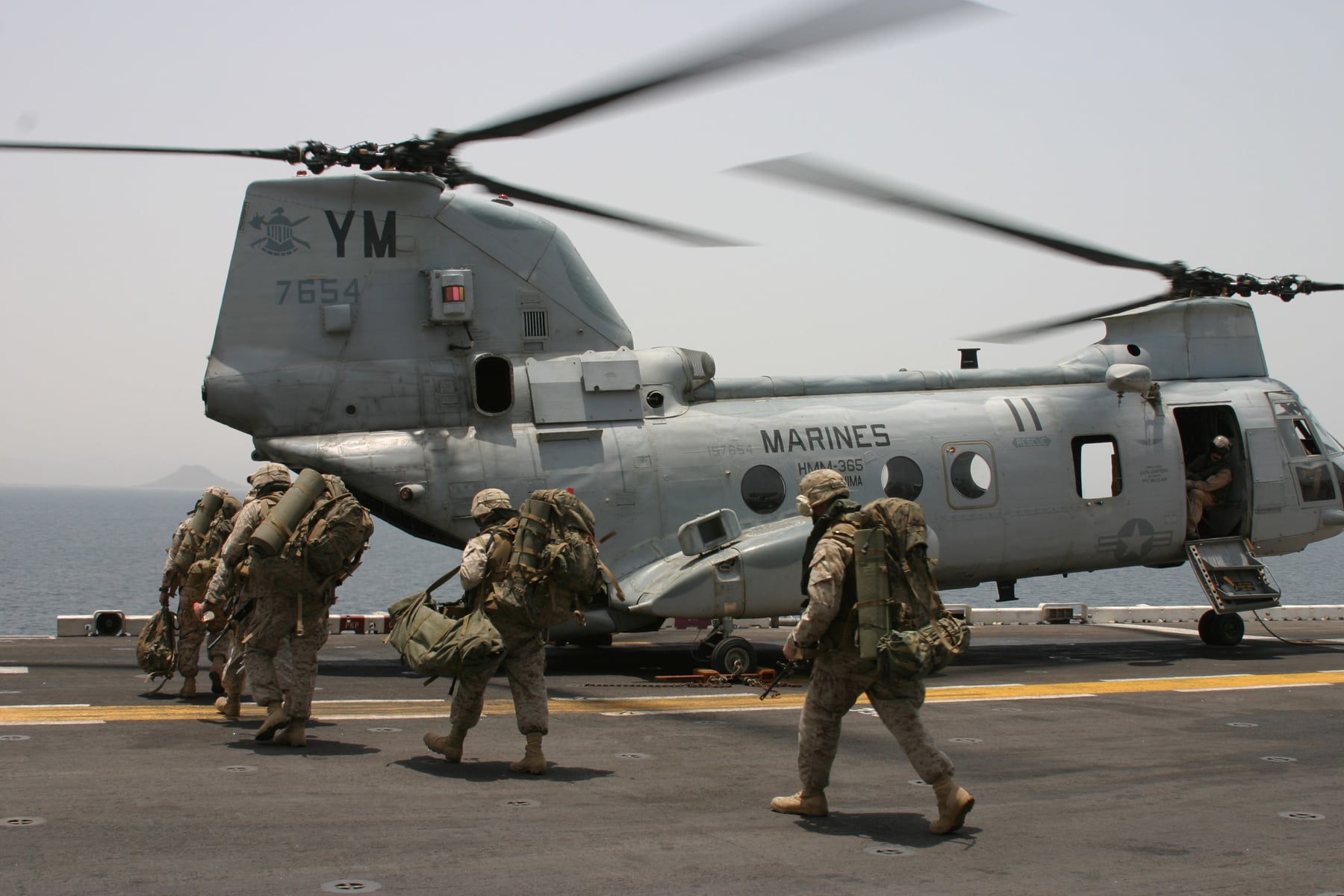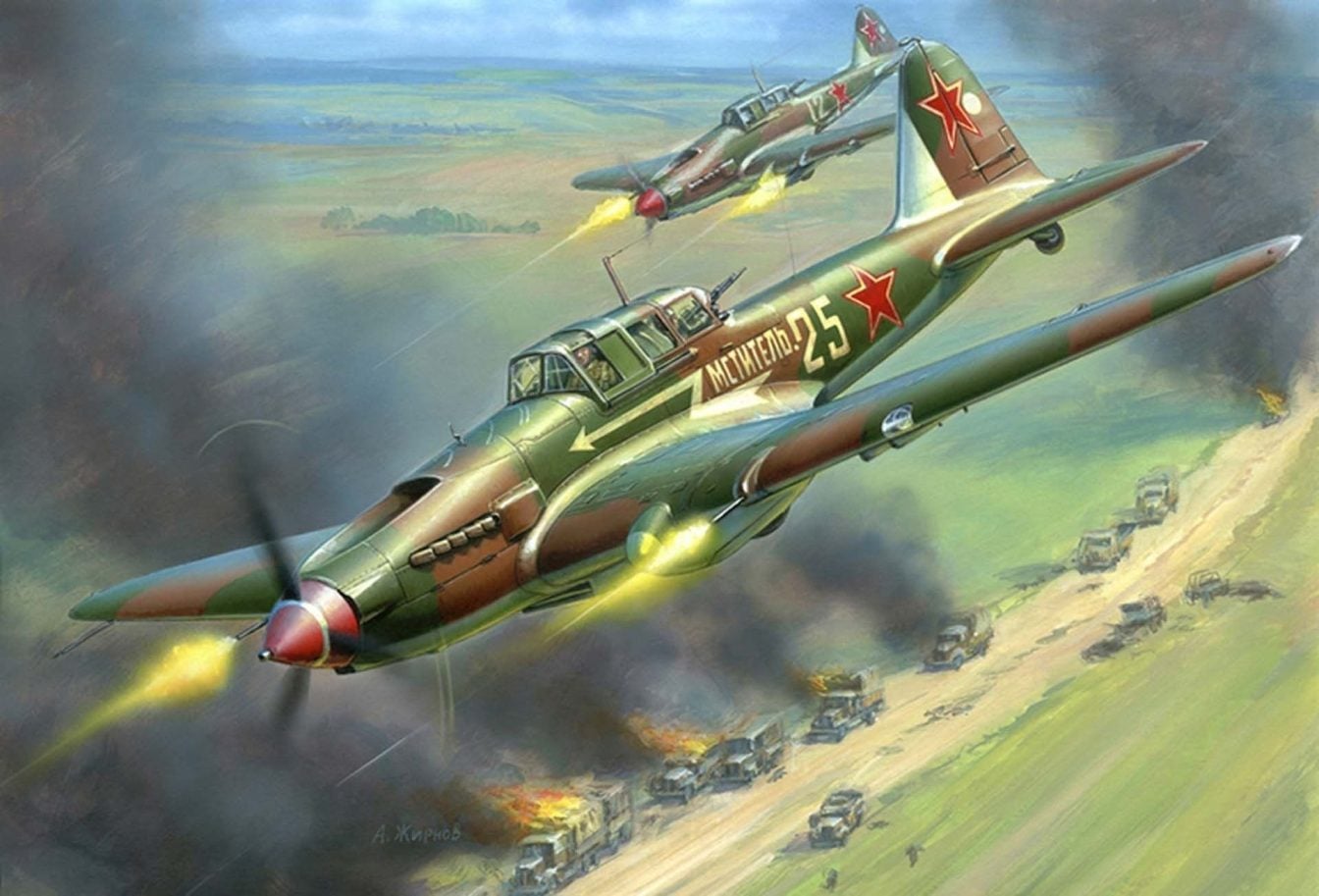 English bomber CANBERRA is considered one of the most famous warplanes of the world. The period of its serial production lasted from 1949 to 1963, and during this time the plants produced 1352 “canberr” of various modifications, the armament in 16 countries. The largest customers of these aircraft was the Indian air force, Peru, Venezuela and Argentina. The car had very good longevity and wherever she had to be armed, had a reputation of a reliable and tenacious. More than fifty years have passed since the beginning of its serial production, but today the “old” CANBERRA is in battle formation together with the newest machines of the XXI century.
English bomber CANBERRA is considered one of the most famous warplanes of the world. The period of its serial production lasted from 1949 to 1963, and during this time the plants produced 1352 “canberr” of various modifications, the armament in 16 countries. The largest customers of these aircraft was the Indian air force, Peru, Venezuela and Argentina. The car had very good longevity and wherever she had to be armed, had a reputation of a reliable and tenacious. More than fifty years have passed since the beginning of its serial production, but today the “old” CANBERRA is in battle formation together with the newest machines of the XXI century.
Aviation
THE LAST BIPLANE OF THE CURTISS COMPANY
 In the history of American carrier-based aircraft has a prominent place scout bomber company Curtiss SBC HELLDIVER, which was the last carrier-based aircraft-a biplane at the naval aviation of the USA. United States Navy signed June 30, 1932, with the Curtiss firm a contract to develop a new two-seat carrier-based fighter-monoplane XF12C-1 with a two-engine R1510-92 625 power HP company Wright — all-metal, closed cockpit, retractable landing gear and high wing type “parasol”.
In the history of American carrier-based aircraft has a prominent place scout bomber company Curtiss SBC HELLDIVER, which was the last carrier-based aircraft-a biplane at the naval aviation of the USA. United States Navy signed June 30, 1932, with the Curtiss firm a contract to develop a new two-seat carrier-based fighter-monoplane XF12C-1 with a two-engine R1510-92 625 power HP company Wright — all-metal, closed cockpit, retractable landing gear and high wing type “parasol”.
AGUSTA A-109
 The oldest Italian aviation company Agusta (Gallart, Northern Italy) has been manufacturing helicopters in 1952. The first President and General Manager of the helicopter company was Dominic Augusta, his assistant Mario Agusta, chief instructor — Filippo Zappata. Initially, the company specialized in the licensed production of helicopters of Bell, then worked with the companies of Sikorsky and Boeing-Vertol. In addition, Agusta designs and produces small series helicopters of its own design.
The oldest Italian aviation company Agusta (Gallart, Northern Italy) has been manufacturing helicopters in 1952. The first President and General Manager of the helicopter company was Dominic Augusta, his assistant Mario Agusta, chief instructor — Filippo Zappata. Initially, the company specialized in the licensed production of helicopters of Bell, then worked with the companies of Sikorsky and Boeing-Vertol. In addition, Agusta designs and produces small series helicopters of its own design.AMERICAN PLANE WITH A GERMAN WING
 Strategic bomber b-47 STRATOGET. Work in the field of creation of jet engines suitable for use on aircraft, began in the USA in 1941. The design of new power plants engaged in the company “Allis-Chalmers”, “Westinghouse” and “General electric”, which was part of the so-called Committee of Durand. The first two working under orders of the Navy, and the third was designed turboprop engine for the air force. All three firms had a very vague idea about gas turbine engines for aircraft, their main activity was the production of industrial turbines. Therefore, the work progressed slowly, which naturally did not suit the military.
Strategic bomber b-47 STRATOGET. Work in the field of creation of jet engines suitable for use on aircraft, began in the USA in 1941. The design of new power plants engaged in the company “Allis-Chalmers”, “Westinghouse” and “General electric”, which was part of the so-called Committee of Durand. The first two working under orders of the Navy, and the third was designed turboprop engine for the air force. All three firms had a very vague idea about gas turbine engines for aircraft, their main activity was the production of industrial turbines. Therefore, the work progressed slowly, which naturally did not suit the military.
THE BRITISH BOMBER AND THE NUCLEAR BOMB
 (The end. Start at # 1 ’03)
(The end. Start at # 1 ’03)
The CANBERRA bomber is an all-metal monoplane with a mid-wing and single-fin tail. The fuselage — semi-monocoque circular cross-section, consists of three parts: fore, middle (with the attachment of the center section and bomb Bay) and tail. The fuselage skin riveted “wpoty”. Sealed cockpit and Navigator situated in the nose of the fuselage. Cabin pressure is automatically controlled; the temperature sets the pilot. The canopy is molded from two layers of clear Plexiglas; between the layers circulating dry heated air tapped from the engine compressor.
AICHI D3A
 The first Japanese aircraft attacked on 7 December 1941 the American naval base at pearl Harbor and dropped bombs on it, was a compact carrier-based bomber, AICHI D3A. My first flight with a 710-horsepower radial engine Nakajima “Hikari 1” was made in January 1938. According to test results was increased the wing and a more powerful 1000-horsepower radial engine Mitsubishi “, kinsei 43”.
The first Japanese aircraft attacked on 7 December 1941 the American naval base at pearl Harbor and dropped bombs on it, was a compact carrier-based bomber, AICHI D3A. My first flight with a 710-horsepower radial engine Nakajima “Hikari 1” was made in January 1938. According to test results was increased the wing and a more powerful 1000-horsepower radial engine Mitsubishi “, kinsei 43”.NORTH AMERICAN F-86 SABRE
 Aviation and missile firm North American (USA) has been building aircraft since 1934. During the Second world war, the firm produced about 42 700 aircraft, among which were such well-known cars like a fighter P-51 and b-25.
Aviation and missile firm North American (USA) has been building aircraft since 1934. During the Second world war, the firm produced about 42 700 aircraft, among which were such well-known cars like a fighter P-51 and b-25.THE LAST BIPLANE COUNTRY OF THE SOVIETS
 Scout-bomber P-Z. Created in the late 20-ies of the last century, the Soviet biplane R-5 construction.N. Polikarpov for several years was a classic type of reconnaissance aircraft. In the international aviation contest in 1930 in Tehran, which was attended by the best companies of England, France and Holland, our air reconnaissance took first place.
Scout-bomber P-Z. Created in the late 20-ies of the last century, the Soviet biplane R-5 construction.N. Polikarpov for several years was a classic type of reconnaissance aircraft. In the international aviation contest in 1930 in Tehran, which was attended by the best companies of England, France and Holland, our air reconnaissance took first place.
BOEING VERTOL CH-46
 Boeing Vertol Company was founded in August 1940 by F. PIASECKI, who became the chief designer and Chairman of the Board of the company. During her activities released more than 2,500 aircraft twin-screw longitudinal schema. The first helicopter of the company PV-1 single-rotor design was built in 1943. The first twin-screw PV-3 (prototype of future HRP-1 and H-21), designed by request of the U.S. Navy, took to the air in March 1945.
Boeing Vertol Company was founded in August 1940 by F. PIASECKI, who became the chief designer and Chairman of the Board of the company. During her activities released more than 2,500 aircraft twin-screw longitudinal schema. The first helicopter of the company PV-1 single-rotor design was built in 1943. The first twin-screw PV-3 (prototype of future HRP-1 and H-21), designed by request of the U.S. Navy, took to the air in March 1945.ILYUSHIN Il-2
 In January 1938, the aircraft designer S. V. Ilyushin, who worked at that time chief of the experimental aircraft of the people’s Commissariat of defence, appealed to the government with a proposal to create a designed “flying tank” — double armored attack.
In January 1938, the aircraft designer S. V. Ilyushin, who worked at that time chief of the experimental aircraft of the people’s Commissariat of defence, appealed to the government with a proposal to create a designed “flying tank” — double armored attack.
